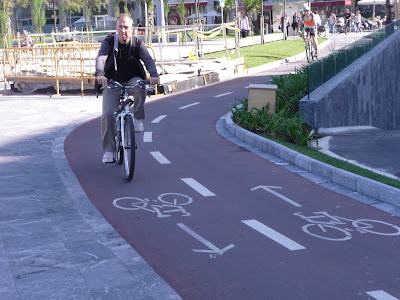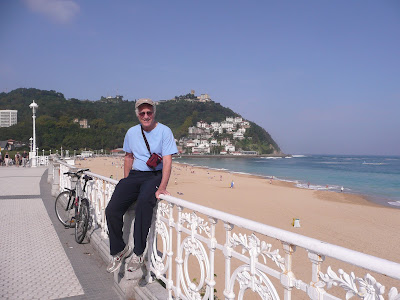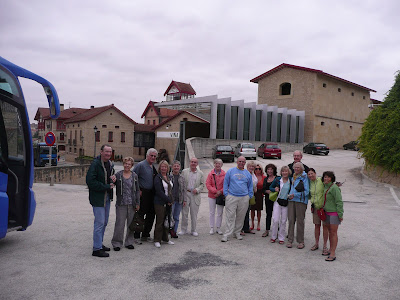My first stop was at the Batllo House, a multi-floor, single family building that was designed by Gaudi in 1905 for the Batllo family. The house has virtually no straight lines and much of the house combines design touches by Gaudi that were both artistic and functional.
For example, the ceiling light in the picture has a spiral design emanating outward from the light fixture and the chimneys on the roof look more like sculptures with their tile mosaics than chimneys. Also, one of the large rooms on the top floor uses a catenary arch – a favorite structural technique by Gaudi – that is both attractive and structurally very strong.
The rooftop has artistically designed chimneys and water tanks that look more like sculptures then they do as perfectly functional components of the buildings. I visited one of the apartment rooms that was furnished with furniture from the early 1900s, complete with a Gaudi inspired chair that was quite comfortable.
We ended the day with a delicious last supper in





















































